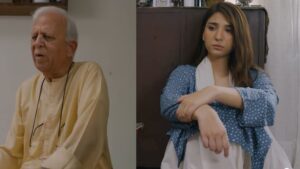In a world that often races towards modernity, there are those who choose to pause, reflect, and reconnect with their roots. One such individual is Momina Farooq Khan, a dedicated classical dancer whose journey with Kathak has been nothing short of extraordinary. Over the past 14 years, Momina has emerged as a passionate performer, teacher, and conservator of cultural heritage, committed to reviving and reimagining the classical dance form of Kathak in Pakistan.
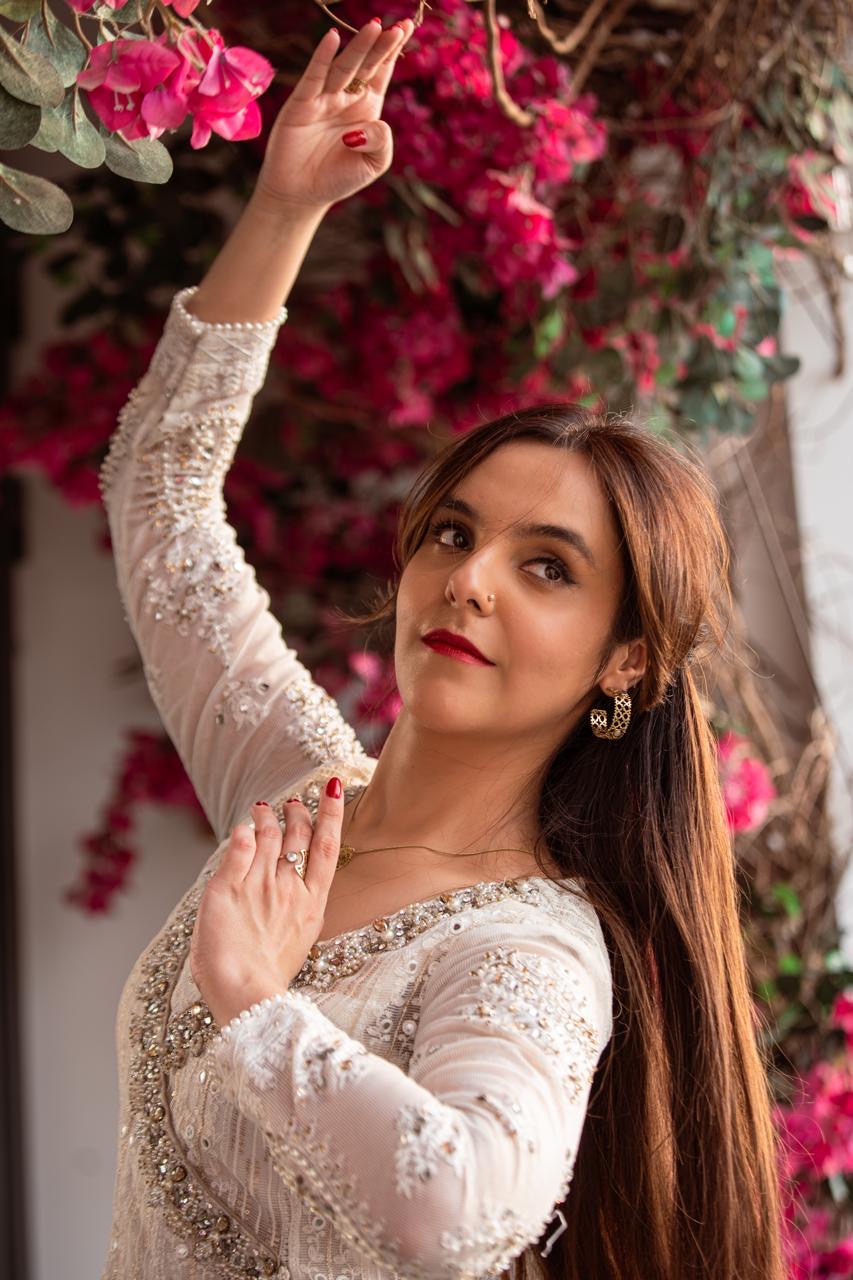
A Journey Begins with a Mentor
Momina’s love affair with Kathak began under the tutelage of the legendary Nahid Siddiqui, a name synonymous with the art form in Pakistan. It was Nahid Siddiqui who first introduced Momina to the delicate footwork, expressive storytelling, and intricate rhythms that define Kathak. For years, Momina stayed under the mentorship of Nahid Siddiqui and learnt the basic structures and repertoires of kathak.
To further diversify her learning, Momina studied under Harsukh’s Bina Jawad, adding new dimensions to her practice and understanding of Kathak. Bina Jawad remained more than just a teacher; she became a mentor whose influence helped shape Momina’s artistic vision and dedication. Under her guidance, Momina not only learned the technicalities of Kathak but also absorbed the deeper philosophies and spiritual connections that the dance embodies. She believes that each teacher brings a unique essence to the dance form, and by embracing different perspectives, one can cultivate a richer and more nuanced approach.
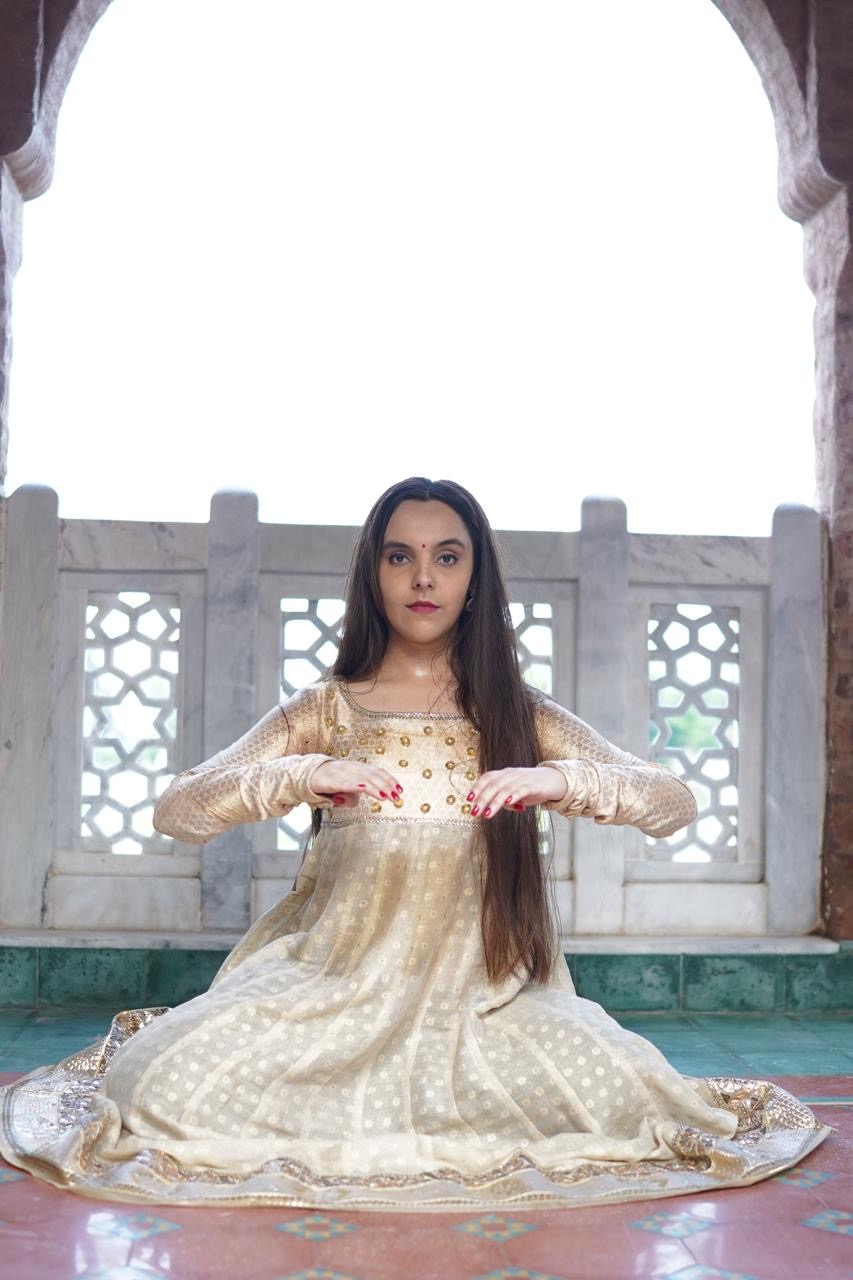
An Academic Exploration of Kathak
Momina’s pursuit of Kathak is not just limited to the stage; it extends into the realm of academic inquiry. At SOAS, University of London, her postgraduate thesis offered an ethnographic analysis of Kathak in Pakistan, delving into its cultural, social, and historical significance. Her research provided a platform to discuss the evolution of Kathak in a region marked by its unique blend of influences and to shed light on the often-overlooked narratives that have shaped its practice.
During her time in London, Momina’s curiosity led her to explore other art forms. She was particularly drawn to Flamenco, a Spanish dance form known for its passionate intensity and rhythmic complexity. This exploration not only broadened her artistic horizons but also deepened her understanding of how dance, across cultures, can serve as a powerful medium of expression and identity.
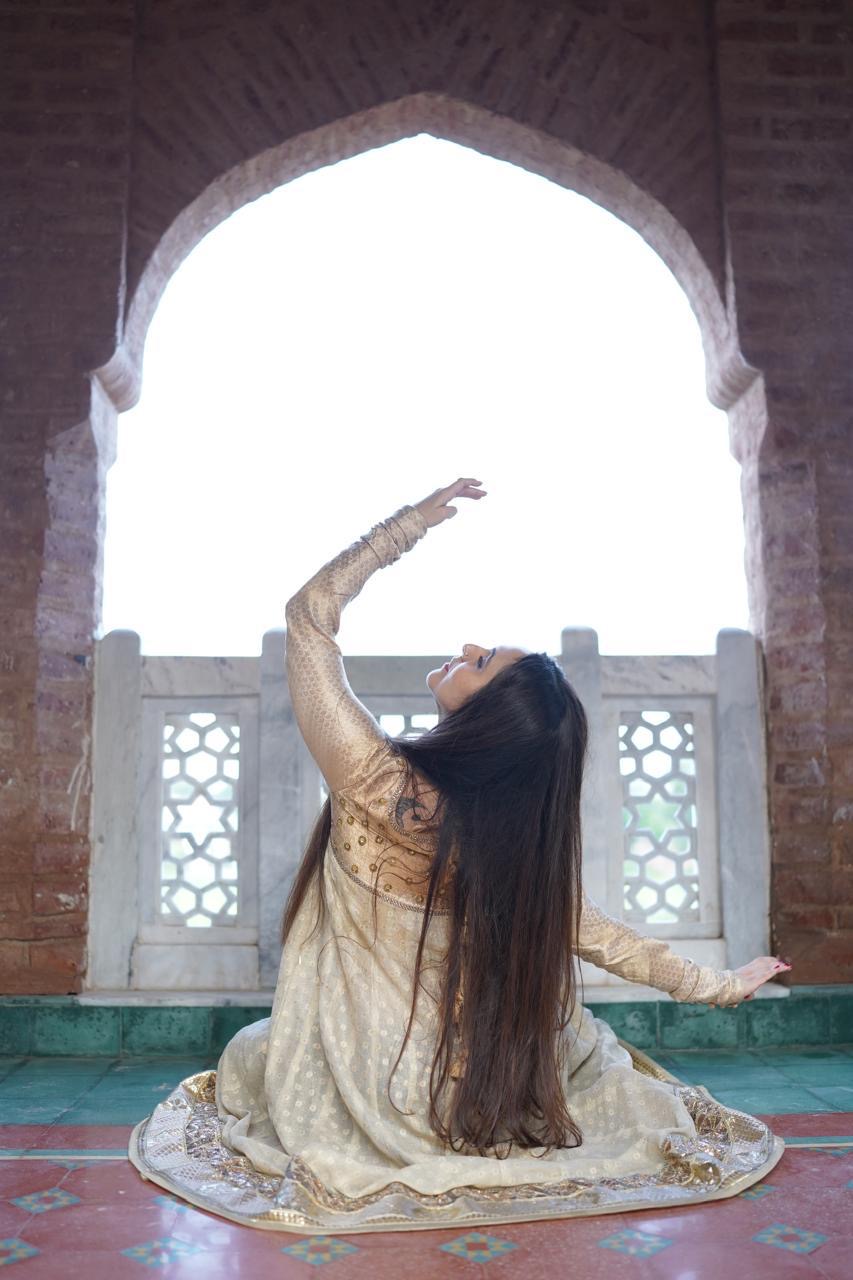 Returning to Roots: Building on Her Dance Practice
Returning to Roots: Building on Her Dance Practice
Upon returning to Pakistan, Momina continued to evolve her dance practice. She engaged in extensive workshops with renowned Kathak performers such as Fasih Ur Rehman and Suhaee Abro, further refining her technique and expanding her repertoire. Currently, she is learning under the esteemed Kathak maestro Sujata Bannerjee in London, continuously pushing the boundaries of her craft.
Momina’s dedication to her art goes beyond personal growth; she is also committed to sharing her knowledge and passion with others. She has taught Classical Dance at various branches of Lahore Grammar School (LGS) and The Learning Alliance and has conducted short-term workshops at several other institutions. Her teaching is not just about passing on techniques but also about instilling an appreciation for the cultural and historical richness of Kathak in the next generation.
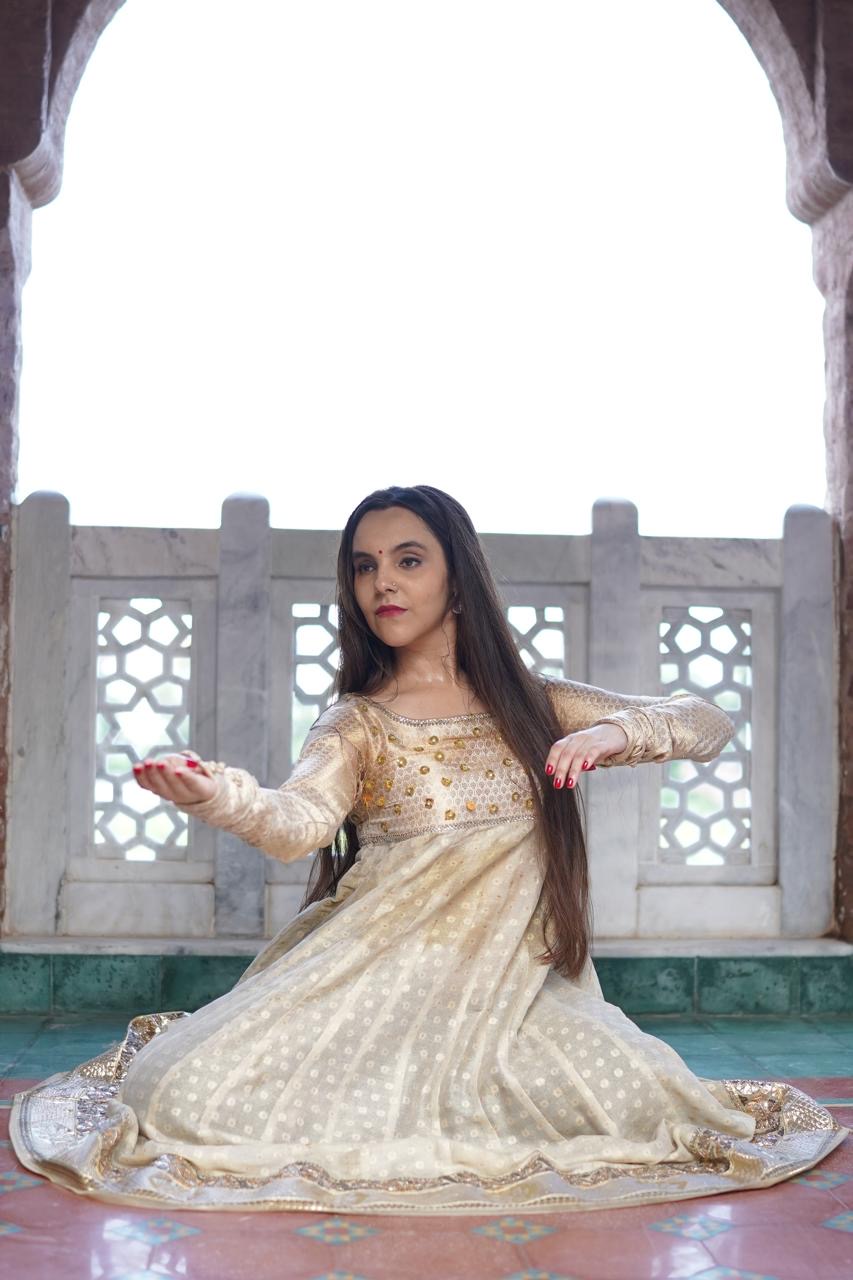
Reviving Forgotten Practices Through Community Theatre
In addition to her dance endeavors, Momina is a part of a community theatre collective focused on the conservation of literature in vernacular languages. Through this collective, she aims to revive and preserve the rich literary traditions that have been overshadowed by more dominant narratives. The fusion of dance and theatre allows her to create immersive experiences that not only entertain but also educate and inspire.
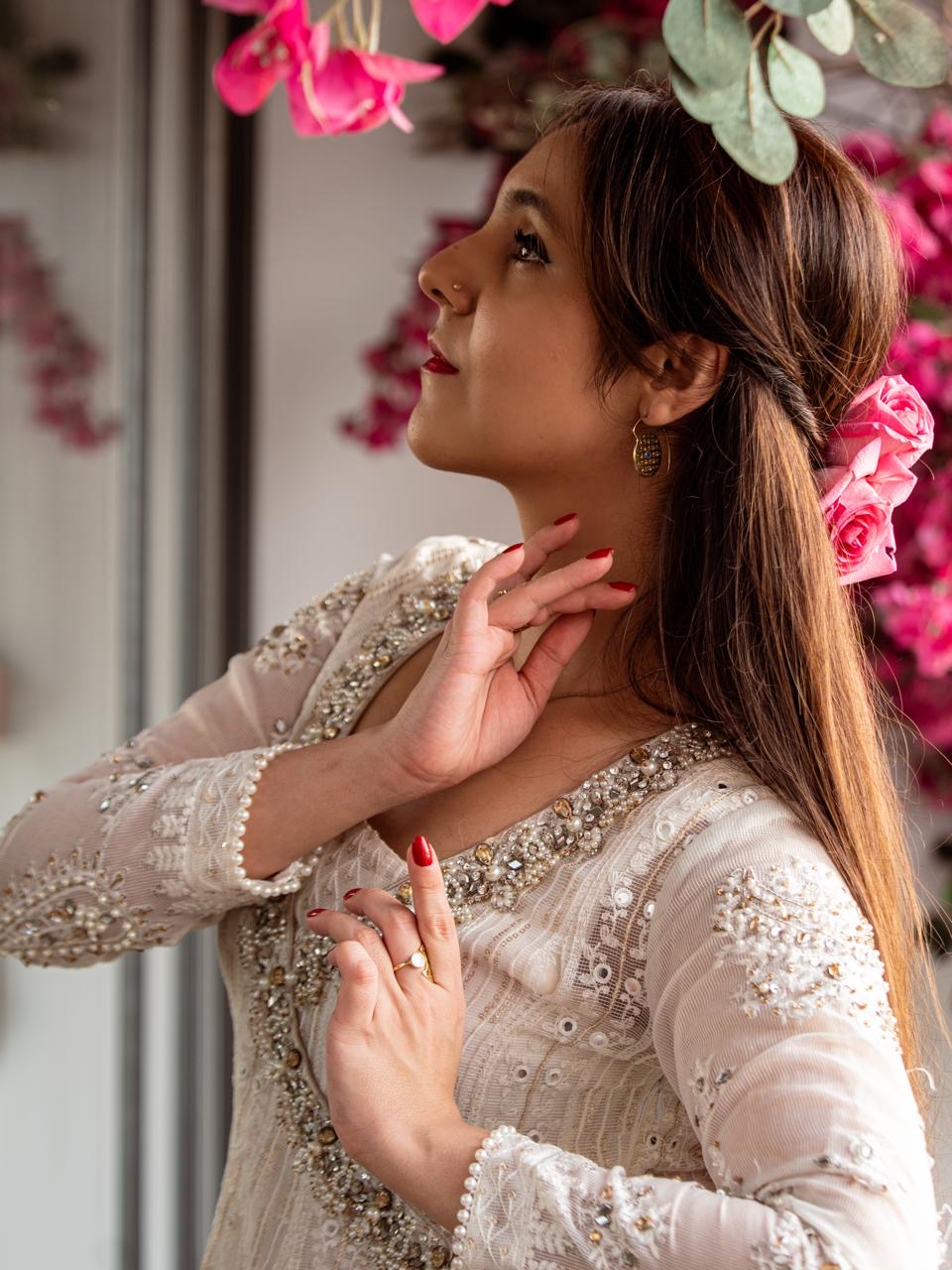
Moving Beyond Nostalgia: Paving a New Way Forward
Momina Farooq Khan’s journey is one of passion, perseverance, and purpose. Her work is not merely about preserving the past but about creating a dynamic dialogue between tradition and contemporary expression. As she continues to explore the forgotten practices of our land, Momina invites others to join her in this journey—a journey that goes beyond nostalgia, planting seeds for a future where tradition is not just remembered but also reimagined.
Through her performances, teachings, and collaborations, Momina Farooq Khan is not just keeping Kathak alive; she is breathing new life into it, ensuring that it remains a vital and evolving part of our cultural landscape. Her story is a testament to the power of art to bridge the gap between the past and the future, offering a path forward that is both rooted in tradition and open to new possibilities.




